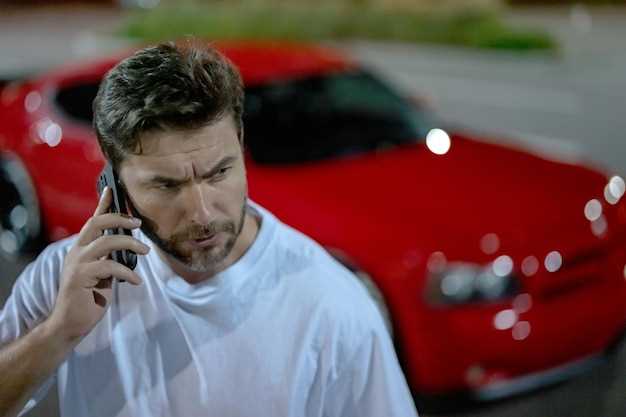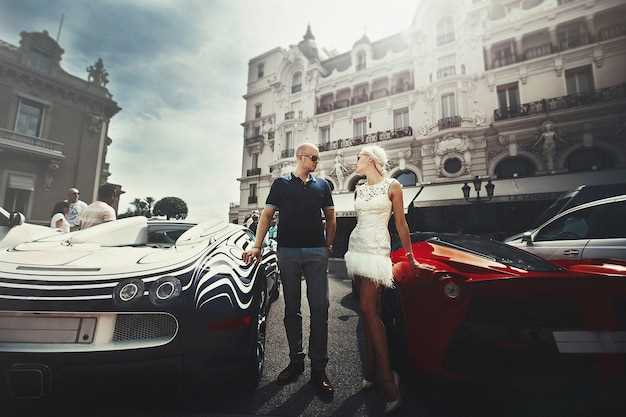
In the world of automotive excellence, supercars represent the pinnacle of design, engineering, and performance. These machines are not just vehicles; they are a fusion of art and technology that evoke emotions and admiration. Photography serves as a powerful medium to encapsulate the thrill and beauty of these extraordinary cars, allowing enthusiasts and potential buyers alike to appreciate their allure from the comfort of their homes.
To truly convey the essence of supercars, a photographer must delve beyond mere technical specifications and surface aesthetics. It involves understanding the rich history and innovation that each model signifies, alongside creating visually stunning images that resonate with the viewer’s passion for speed and craftsmanship. Whether it’s the sleek curves of a Lamborghini or the aggressive stance of a Ferrari, photography must capture not just the car’s physical attributes but also the emotions it inspires.
This article explores the techniques and artistic vision behind photographing supercars, discussing how light, composition, and perspective play a crucial role in transforming an ordinary image into a breathtaking representation of automotive excellence. By examining the processes involved, readers will gain insights into how to master the art of supercar photography and effectively showcase the essence these magnificent machines embody.
Choosing the Right Location for Supercar Photography

When it comes to capturing the essence of supercars, the location plays a critical role in enhancing the visual appeal of your photographs. The perfect backdrop not only complements the car’s design but also elevates the overall mood of the image. Here are key factors to consider when selecting a location.
1. Urban Landscapes: Cityscapes with tall buildings, vibrant street art, and dynamic architecture can create a striking contrast with the sleek lines of supercars. Look for areas with less traffic to ensure safety and avoid distractions in your shots.
2. Natural Settings: Nature provides a plethora of stunning locations, from winding mountain roads to serene lakeshores. These environments highlight the performance capability of supercars while providing breathtaking scenery as a backdrop.
3. Iconic Landmarks: Featuring supercars near well-known monuments or picturesque sites can add a layer of storytelling to your images. Be mindful of the time of day; early mornings or late afternoons yield the best lighting for dramatic visuals.
4. Industrial Areas: Abandoned warehouses or factories can create a raw, edgy aesthetic that pairs well with the aggressive design of supercars. Ensure that you have permission to shoot in these areas and always prioritize safety.
5. Racetracks: Capturing supercars in their natural habitat of speed can add excitement to your photos. Whether it’s a race day or a practice session, the adrenaline-filled environment showcases the car’s power and performance effectively.
In conclusion, the right location can significantly impact the way supercars are represented in photography. Prioritize finding spots that enhance the car’s features and align with the story you wish to convey. Plan your shoot around optimal weather conditions and necessary permits to achieve the best results.
Camera Settings to Highlight the Power of Supercars
To capture the essence of supercars through photography, the right camera settings are crucial. These settings help showcase the sleek design, aggressive stance, and the raw power that supercars embody. Understanding how to manipulate exposure, shutter speed, and aperture can significantly enhance your images.
Firstly, utilize a fast shutter speed, ideally around 1/1000th of a second or faster. This setting is essential when photographing supercars in motion, as it freezes the action, revealing the car’s dynamic lines and movement. It helps to convey the sense of speed and power that these vehicles represent.
Secondly, opt for a wide aperture (lower f-stop number, such as f/2.8 to f/5.6) to create a shallow depth of field. This technique blurs the background while keeping the supercar in sharp focus, drawing attention to its details and colors. This approach not only emphasizes the vehicle but also eliminates distracting elements in the frame.
Additionally, consider using a polarizing filter. This filter reduces glare and enhances the vibrancy of the car’s paintwork, making the colors pop without saturation. It can also deepen the blue of the sky, adding to the overall aesthetic of the photograph.
When it comes to ISO settings, keep it as low as possible to maintain image quality and reduce noise. Start with ISO 100 or 200 in bright conditions. However, in lower light scenarios, adjust accordingly while being mindful of potential graininess, especially if you plan to enlarge the prints.
Furthermore, employing burst mode can capture a series of shots in quick succession, ensuring you don’t miss the perfect moment as the supercar zips by. Reviewing those images will help you select the best one that truly encapsulates the vehicle’s power and spirit.
In conclusion, mastering these camera settings will enable you to highlight the magnificence of supercars effectively. With the right technical approach and a keen eye for detail, your photographs can truly reflect the allure and performance of these magnificent machines.
Post-Processing Techniques to Enhance Supercar Images

Post-processing is a crucial step in photography that can elevate supercar images from ordinary to extraordinary. By employing various techniques, photographers can emphasize the beauty and power of these stunning machines.
1. Adjusting Exposure and Contrast: Proper exposure is essential to capture the intricate details of a supercar. Use software to tweak the exposure levels, ensuring that highlights are not blown out while shadows retain depth. Enhancing contrast can add dynamic range, making colors pop and emphasizing the car’s contours.
2. Color Grading: Color grading plays a significant role in setting the mood of the photograph. Experiment with different hues to give the image a unique look. For instance, warmer tones can create an inviting atmosphere, whereas cooler tones can convey a futuristic essence. Utilize selective color adjustments to highlight the car’s paint and details.
3. Sharpening and Noise Reduction: Supercar images benefit from sharpness that highlights key elements such as the wheels, grille, and aerodynamic lines. Applying sharpening selectively can enhance these features without introducing unwanted noise. Conversely, use noise reduction filters to smooth out any graininess, especially in low-light conditions.
4. Cropping and Composition: Fine-tuning the composition through cropping can significantly enhance the impact of the photograph. Focus on the car’s lines, angles, and context to ensure that the image draws viewers in. Rule of thirds can be a helpful guideline for achieving balanced and engaging compositions.
5. Creative Effects: Consider adding creative effects like vignetting or lens flare to evoke emotion and draw attention to the supercar. Vignetting can subtly darken the edges of the image, guiding the viewer’s focus towards the center. Light flares or reflections can enhance a sense of speed and excitement, creating a narrative around the vehicle.
6. Retouching and Clean-Up: Retouching involves removing distracting elements or imperfections that could detract from the car’s allure. This could include cleaning up unwanted backgrounds, dust spots, or reflections that are not adding value. A polished image showcases the car in the best possible light.
By mastering these post-processing techniques, photographers can truly capture the essence of supercars, ensuring that every image tells a story of power, elegance, and engineering marvel.





